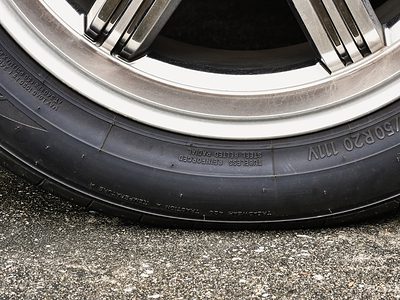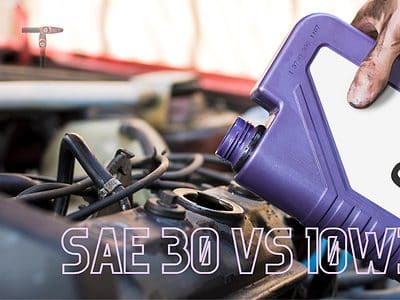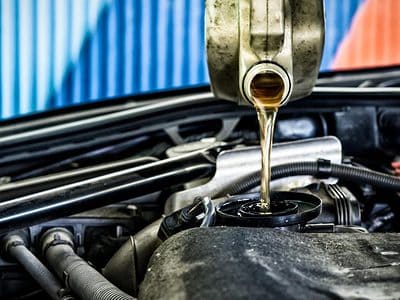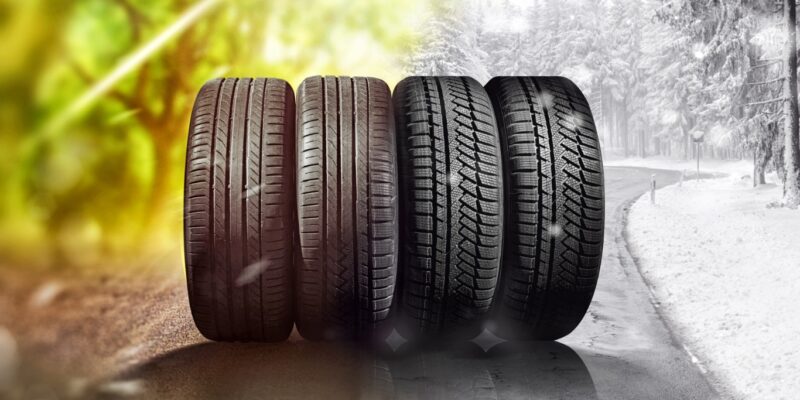
There are so many tire types for different cars and driving needs that it can be hard to know which one to use. This article will break down the types of tires and their unique characteristics and categorize them based on season, terrain, performance, and special qualities, so it’s even easier to understand.
Season/Weather-Based Tires
Tires are designed to perform better in specific weather conditions, so choosing the right one can make a big difference in safety and performance. Let’s talk about the common ones.
Summer Tires
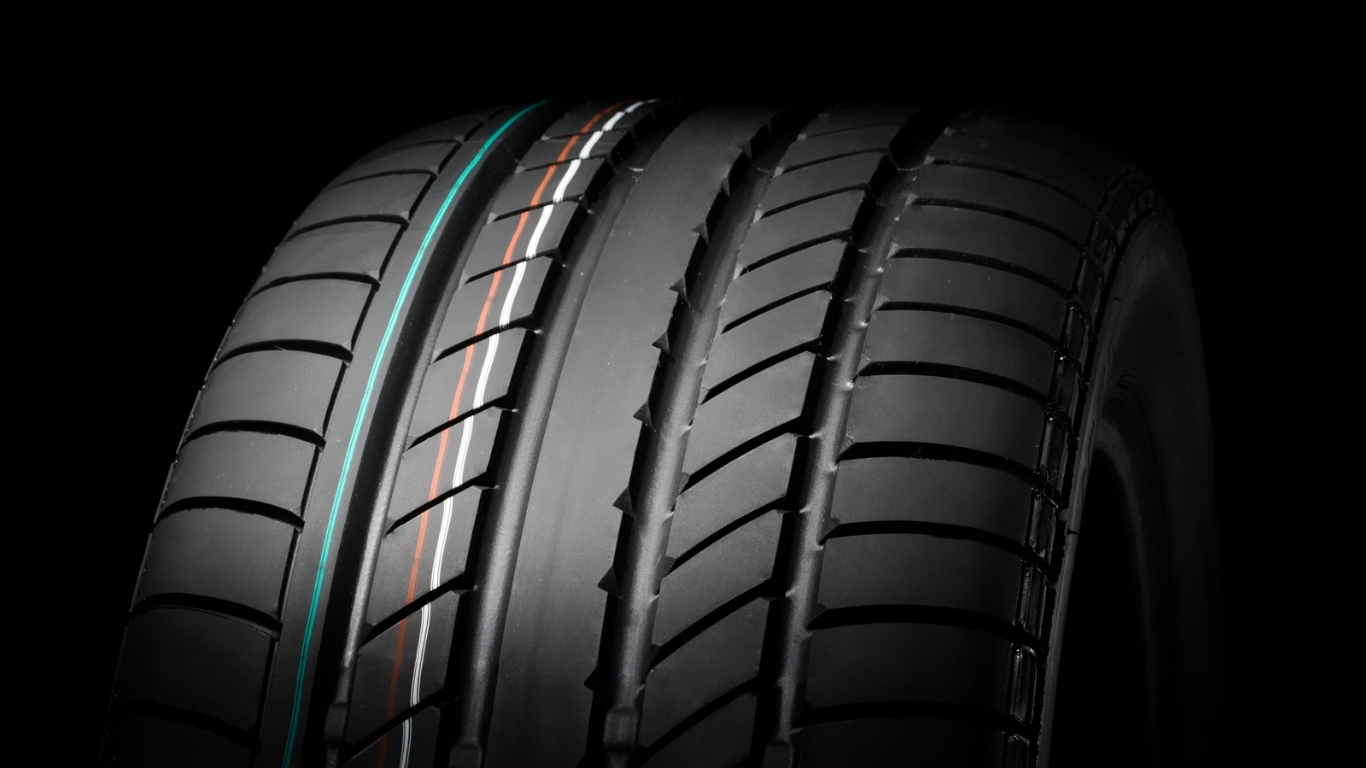
As the name implies, summer tires are designed for warm weather conditions—usually above 45°F (7.2°C). Thanks to a tread pattern that ensures maximum contact with the road surface, they are optimized for traction in dry and wet conditions. The treads also help to channel water away from the tire, reducing the risk of hydroplaning on wet roads.
Winter Tires
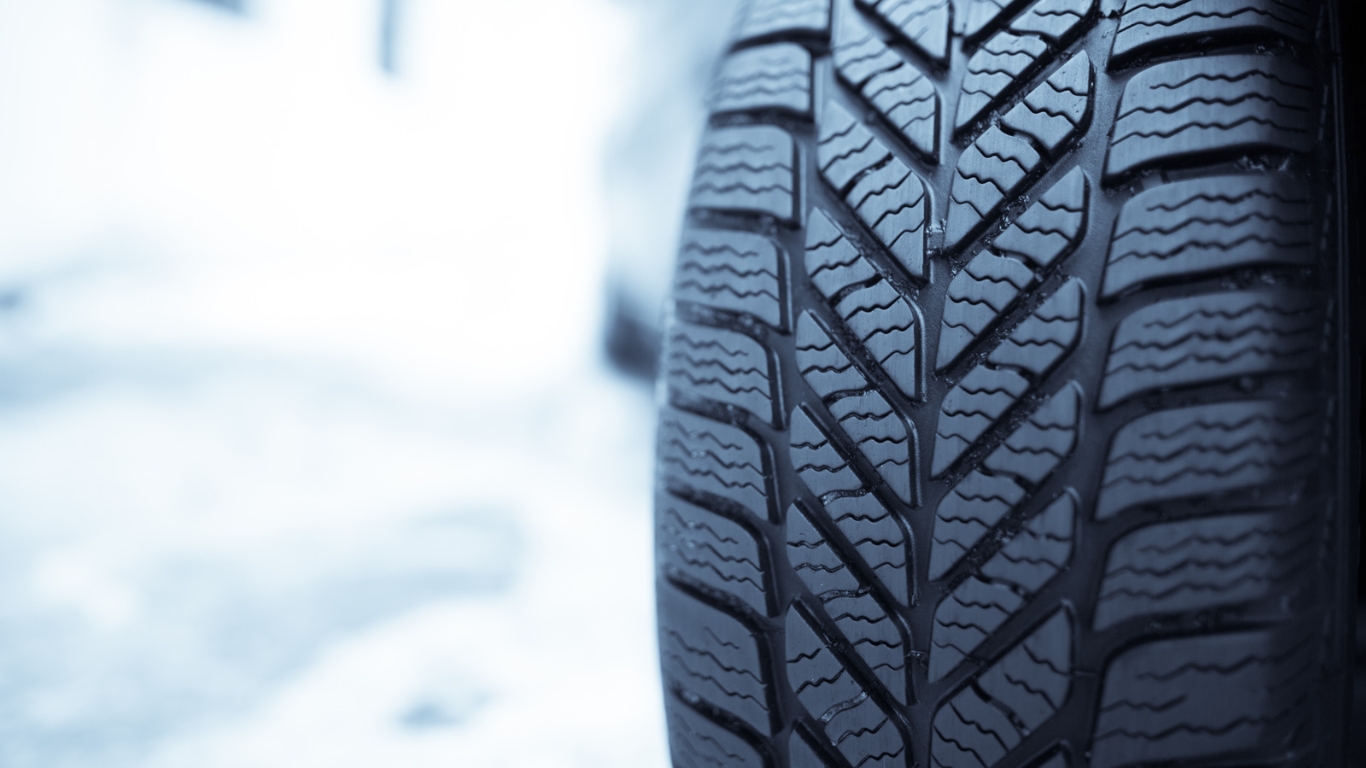
Winter tires, also known as snow tires, are designed for cold and snowy weather conditions, typically below 45°F (7.2°C). Their unique tread patterns include specially designed grooves and sipes that bite into snow and ice, providing maximum traction and stability. They also contain a special rubber compound that remains flexible in colder temperatures.
They also have a 3-peak mountain snowflake symbol, which is a symbol that indicates the tire has been certified by the Rubber Manufacturers Association (RMA) as meeting specific performance criteria for use in severe snow conditions.
All-Season Tires
All-season tires are designed to provide a balance of performance in both dry and wet conditions and moderate snow and ice. Their tread pattern includes grooves and sipes that channel water away from the tire and dig into mild snow. Also, they have a rubber compound that remains flexible in a wide range of temperatures.
These tires are popular in areas with mild heat and cold and allow drivers not to change their tires seasonally. That said, all-season tires are not as good as winter tires in extremely snowy or icy conditions.
All-Weather Tires
All-weather tires are similar to all-season tires but with a higher level of performance since they are made for all five seasons, not just summer and winter.
They have a tread pattern optimized for traction in wet and dry conditions and are suitable for use in temperatures above and slightly below 45°F (7.2°C). They also perform better than all-season tires in snow and icy conditions. They’re just not as good as dedicated winter tires, though.
Terrain-Based Tires
The type of terrain you drive on makes a big difference in safety and performance, and different tire types perform better on specific roads. Here are the main ones.
Touring Tires
Touring tires are designed for use on sedans, coupes, and crossovers. They are optimized for smooth and stable handling and provide good fuel efficiency. The tread pattern of a touring tire gives it low rolling resistance, reduces road noise and vibration, and improves driving comfort. However, they do not perform well on gravel or dirt roads.
Highway Tires
Highway tires are similar to touring tires but are designed for SUVs and light trucks. They are also optimized for smooth and stable handling on paved roads. Since they’re typically made for larger vehicles, they’re made of more durable rubber compounds than touring tires. This makes them last longer than the average touring tire.
Mud Tires
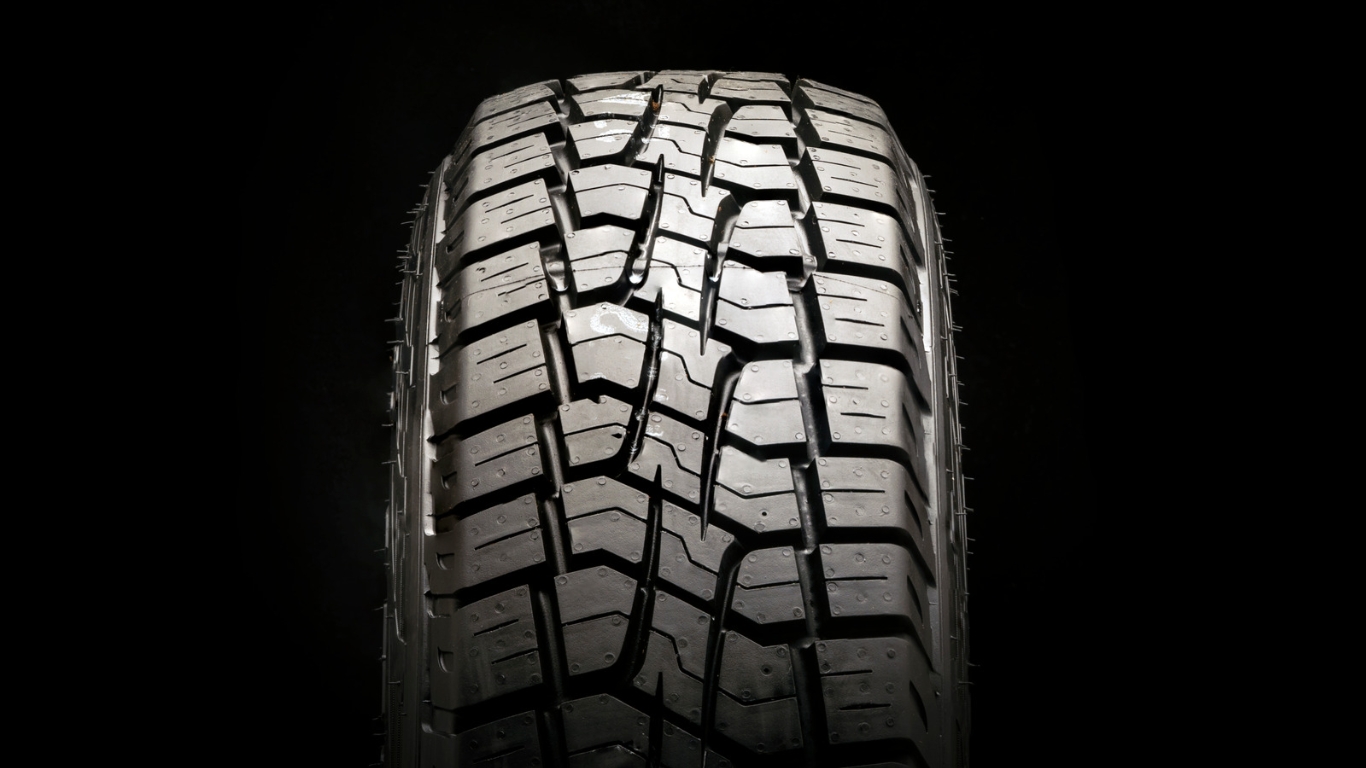
Mud tires are off-road tires designed specifically for muddy and soft terrain. They have deep and widely spaced tread blocks that provide traction and self-cleaning ability in deep mud. They also have large shoulder lugs that protect against sidewall damage. Just don’t use them on paved roads, though, as they generate a lot of noise and have a lower fuel efficiency.
Rugged Tires
Rugged terrain tires represent a new category of off-road tires, and they present a paradox. On the one hand, they look like they can handle a rocky mountain after an avalanche—we won’t be surprised if they could. On the other hand, they ride almost silently on the highway compared to mud tires.
They’re also called hybrid tires, mainly because they’re like a mixture of all-terrain and mud-terrain tires. They’re great for SUV and truck owners that want their vehicles to look and feel burly without losing too much ride comfort.
All-Terrain Tires
All-terrain tires are designed to provide a balance of performance on both paved and unpaved roads. Think of it like taking a touring tire and modifying it to do better in more rugged terrain on gravel, dirt, and even light mud.
They’re great for people who frequently drive on different types of roads. However, you’d find the performance subpar if you go on extreme off-road trips. In that case, you’re better off with a mud terrain or rugged tire.
Performance-Based Tires
Performance-based tires have a tread pattern optimized for maximum handling and braking in dry and wet conditions. They are typically used on sports cars and high-performance sedans. These tires come in subcategories catering to different driving styles and conditions.
High-Performance Tires
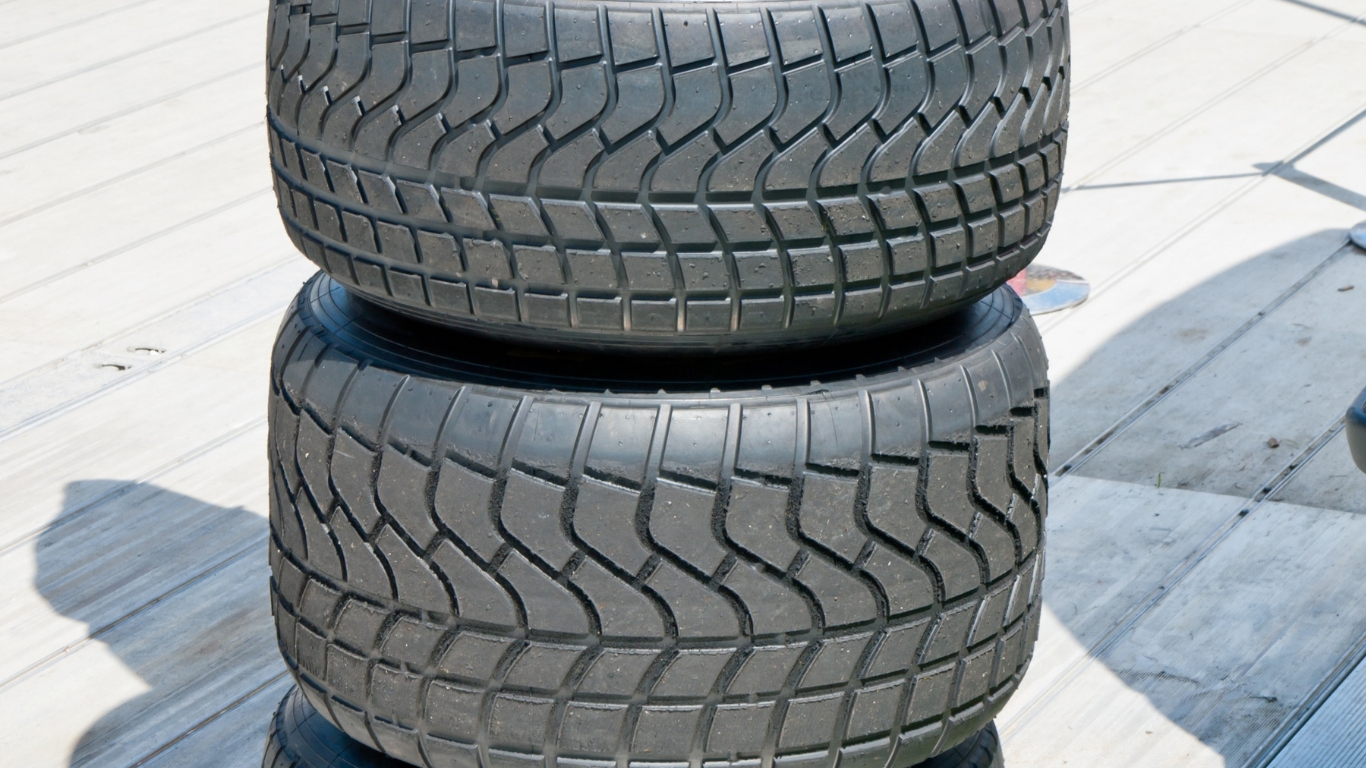
High-performance tires are designed for drivers who want better handling and performance than standard highway tires. While built for speed, they don’t compromise too much on ride quality. Most OEM tires fall into this category, usually with an H speed rating. However, very high-performance cars use tires with higher speed ratings.
Extreme Performance Tires
Extreme performance tires are designed for drivers who want maximum grip and handling in dry conditions, with no care for rainy days. Aside from relatively poor wet condition handling compared to regular tire types, they also lack significantly in the comfort department. However, they are some of the best tires on the market as far as dry surface performance goes.
Ultra High Performance Tires
Ultra high performance (UHP) tires target drivers who want the ultimate grip and handling. Like extreme tires, they offer the highest level of performance you’ll ever need. They are generally low-profile, high-steering beasts made for cornering at the hottest speeds, and they’re usually rated V or higher for speed.
Their main difference from extreme tires is that they perform slightly better in wet conditions. Just don’t expect to wade through snow or ice with them.
Drag Radials
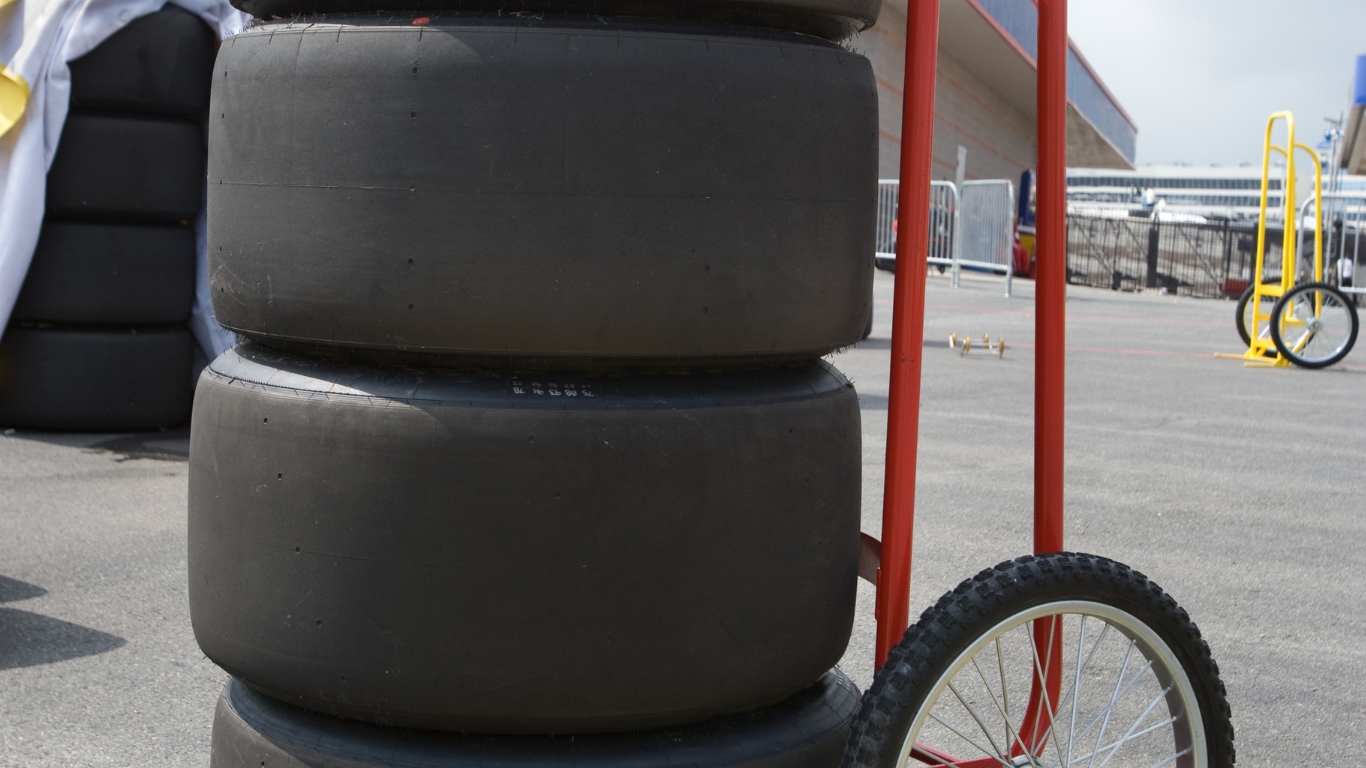
Drag radials are designed for use on vehicles that are mainly driven on the track or drag strip. They are optimized for maximum straight-line acceleration with excellent 0 to 60 mph performance. They are made of a soft and sticky rubber compound that provides maximum grip and a low profile to reduce rolling resistance.
Drag radials are only just street legal, with shallow tread depths compared to the average performance tire. They also have far fewer channels, making them less resistant to hydroplaning on wet roads. They are typically not recommended for use on the street, as they have poor handling and wear quickly on paved roads.
R-Compound Tires
R-compound tires are designed for high-performance vehicles mainly driven on the track or in competition events. Like drag radials, they are optimized for maximum grip and handling in racing driving conditions thanks to the nature of the rubber used to make them.
These tires are peculiar because they perform better at higher temperatures, making them the ultimate track racing companion. Of course, this is also a double-edged sword because the heat wears down the soft rubber build pretty quickly, making them good for only a couple of uses.
It’s also worth noting that R-compounds are complete no-nos for highway driving. That’s because a regular highway trip doesn’t allow for high enough speeds to generate the kind of heat R-compounds thrive on. The danger is even worse if the roads are wet or cold.
Specialty Tires
When it comes to driving, there are certain situations where a more specialized type of tire may be required. These specialty tires are designed to perform better in specific conditions and provide added safety and convenience features.
Run-Flat Tires
Run-flat tires are designed to continue functioning even after a puncture or loss of air pressure. This is possible thanks to several run-flat technologies, such as reinforced sidewalls that allow tires to maintain shape and support the vehicle’s weight even when deflated.
This allows you to continue driving for a limited distance, usually around 50–80 miles, until you can safely replace the tire. In addition, thanks to advancements in design, you can get them in different categories, including weather, terrain, and even performance tires.
Self-Sealing Tires
Self-sealing tires are designed to seal small punctures as they occur. They are like run-flat tires, but unlike run-flats, they don’t lose air pressure when punctured. Instead, they have a layer of sealant embedded within the tire that automatically seals punctures up to a certain size as they happen.
This allows you to continue driving on the tire without losing air pressure and needing an immediate spare. That said, it’s not a permanent fix, and you’ll still need to repair your tire later. Michelin, Pirelli, Goodyear, and Continental manufacture tires with this technology.
Nanotechnology Tires
Nanotechnology tires use nano-scale particles, such as carbon nanotubes and graphene, to enhance strength, durability, heat resistance, fuel efficiency, and wet-weather traction.
Additionally, they are designed to be more lightweight and longer-lasting than traditional tires. While these tires are not mass-produced for commercial use, research suggests they could revolutionize the industry.
EV Tires
EV tires are designed specifically for electric and hybrid vehicles. They are optimized to address the peculiarities of these vehicles, including providing low rolling resistance and optimal grip, carrying a heavier load, and withstanding high instant torque.
Spare Tires
While specialty tires like run-flats and self-healers are becoming more popular, spare tires remain an essential safety measure, at least for the foreseeable future. There are different spare tire types, each with its own set of advantages and limitations.
Full-Size Spare Tires
Full-size spare tires are designed to be an exact match of the tires on your vehicle. They are the same size and have the same speed rating and load-carrying capacity as the tires on your car, meaning you can use them in any wheel position. In fact, they should be part of your routine tire rotation to ensure even wear.
These tires provide the best performance and safety. However, they take up more space and are more expensive than other spare tire types. In addition, with cars becoming more compact and performance-focused, it’s harder to accommodate the size and weight of a full-blown spare tire.
Temporary/Compact/Donut Spare Tires
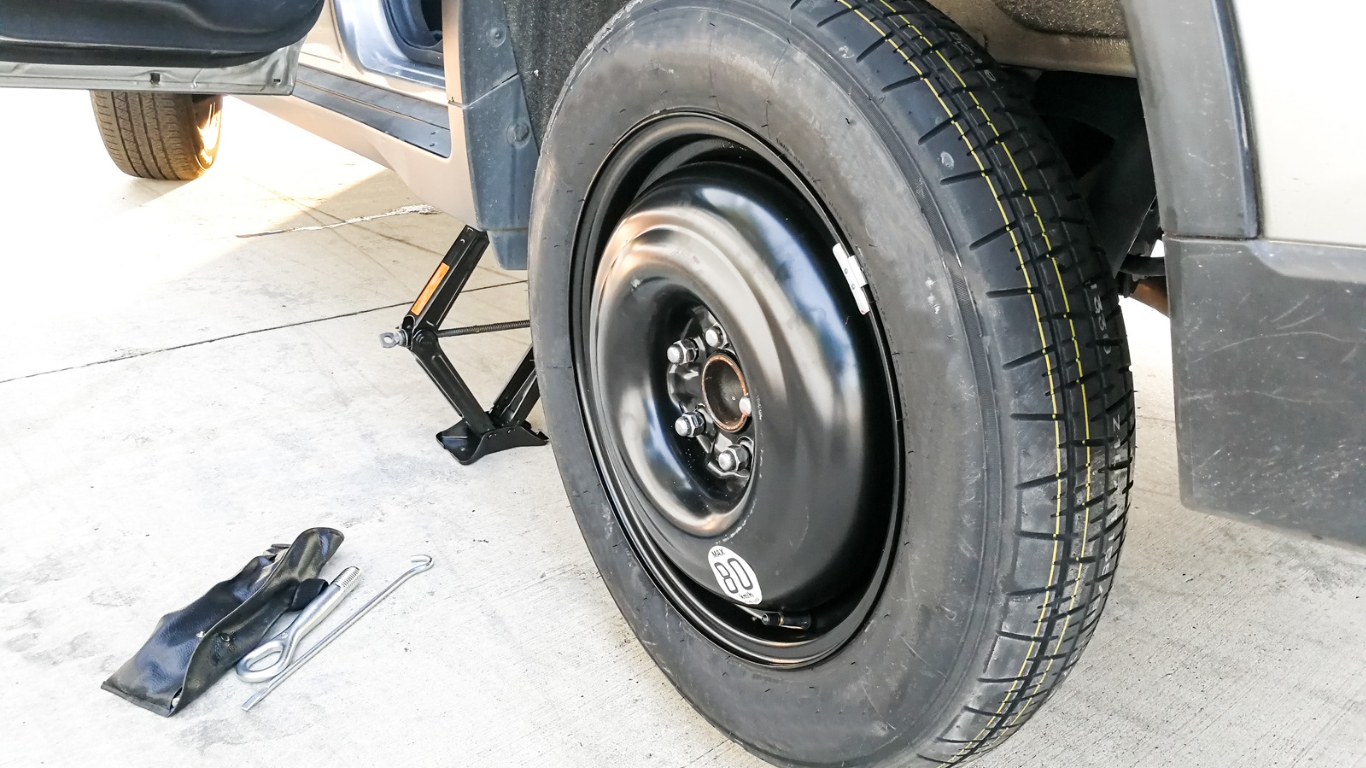
Temporary spare tires, also known as compact or donut tires, are smaller and lighter alternatives to full-size tires. They are typically used on compact and subcompact vehicles and are intended for short-term use only. They are not meant for high-speed driving and offer less traction than regular tires. Hence, you should replace them with regular tires as soon as possible.
Run-Flat Spare Tires
Run-flat spare tires are no different from regular run flats. They are designed to function even after a puncture or loss of air pressure, thanks to reinforced sidewalls that allow them to maintain their shape and support the vehicle’s weight (or some other run-flat technology).
That said, if you have run-flat spare tires, it is recommended to use them as your daily drivers instead of regular tires to avoid the need to change a flat tire in case of a puncture. Using a run-flat spare tire as backup won’t be helpful if you experience a puncture on your regular tires since you’ll still have to make a change. A run-flat tire is meant to save you that trouble.
Note
How to Choose the Right Tires for Your Vehicle
Choosing the right tires for your vehicle is an important decision, as it can impact your safety and the performance of your car. Here are a few key factors to consider when choosing tires for your vehicle:
Driving Conditions
The first thing to consider is the type of driving conditions you’ll be in. Are you driving in an area with heavy rain and snow, or is it mostly dry and sunny? Are you moving on paved roads or taking your vehicle off-road? The weather and terrain you’ll be driving in can help you determine which type of tire will best suit your needs.
Vehicle Type
Another vital factor to consider is the type of vehicle you own. Vehicles have different tire requirements. For example, a high-performance sports car will require a different tire type from a minivan or SUV.
Driving style
If you’re a sporty driver who enjoys taking corners at high speeds, you’ll want a tire optimized for handling and performance. On the other hand, if you’re a more conservative driver who prioritizes fuel efficiency and comfort, you’ll want a tire optimized for low rolling resistance.
Budget
Tires come in a wide range of prices, so it’s essential to consider your budget when choosing the right tires.
Tire Up for the Road Ahead
Choosing the right tires for your vehicle is essential for safety and performance. The type of weather and terrain you’ll be driving in, your vehicle type, driving style, and budget are all factors that come into play when selecting tires for your car.
Frequently Asked Questions (FAQs)
What Are Touring Tires?
Touring tires are designed for sedans, coupes, and even sports cars for regular highway driving. They are optimized for smooth and stable handling and provide good fuel efficiency. They also offer a good balance of performance in both dry and wet conditions. However, they may not perform well on gravel or dirt roads.
What Is a Performance Tire?
Performance tires are designed for sports cars and high-performance sedans. Their tread pattern is optimized for maximum handling and braking performance, providing good traction and stability on dry roads.
What Is a Full-Size Spare Tire?
Full-size spare tires are designed to match the same size and load-carrying capacity as the tires on your vehicle. They provide excellent performance and safety but take up more space and are more expensive than other spare tire types.
Do Winter Tires Make a Difference?
Yes, winter tires significantly affect safety and performance in winter weather conditions such as snow and ice. They are specifically designed to provide better traction, handling, and braking performance in these conditions compared to all-season or summer tires.
Can I Mix Different Types of Tires on My Vehicle?
Mixing different types of tires on your vehicle is generally not recommended. It can lead to uneven wear and tear on the tires or affect the vehicle’s handling and stability.
Instead, it’s best to have all four tires of the same type, size, and tread pattern. If you must replace a tire, replace it with one the same type and size as the other three. Otherwise, replace them in twos or all four at once.



